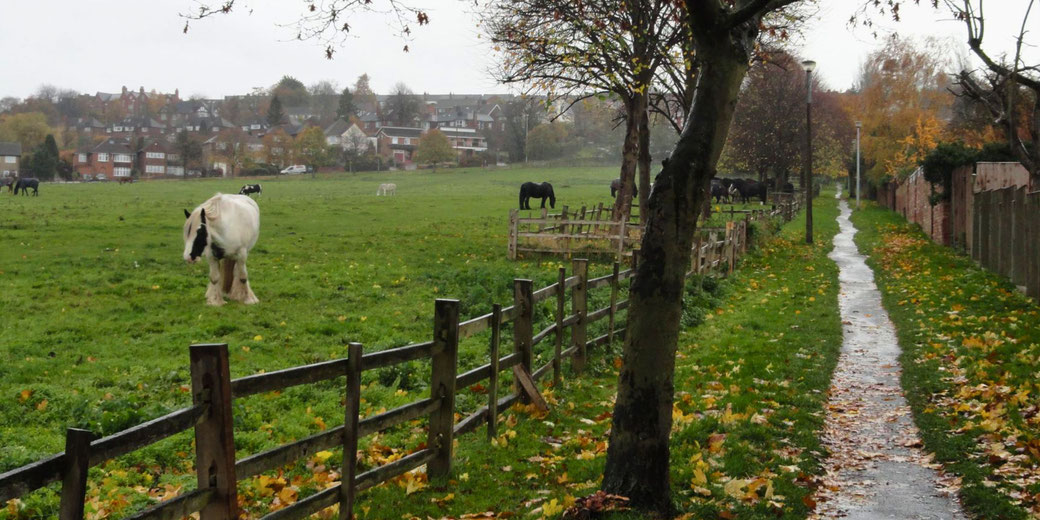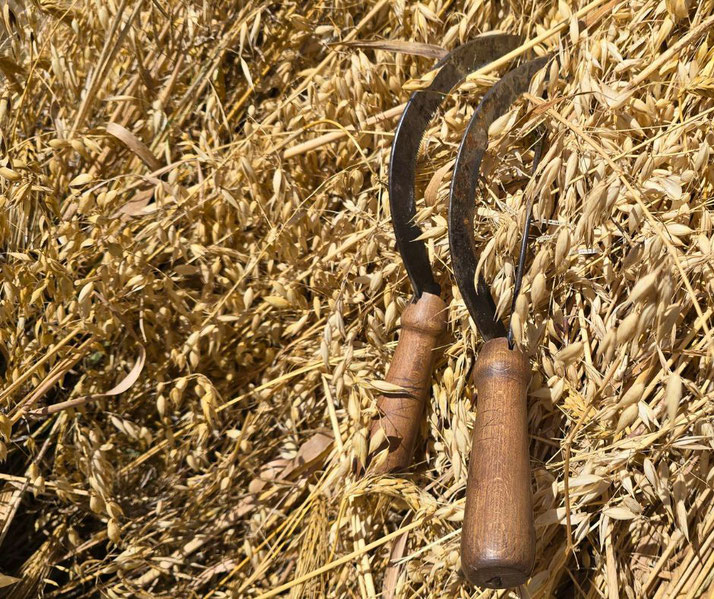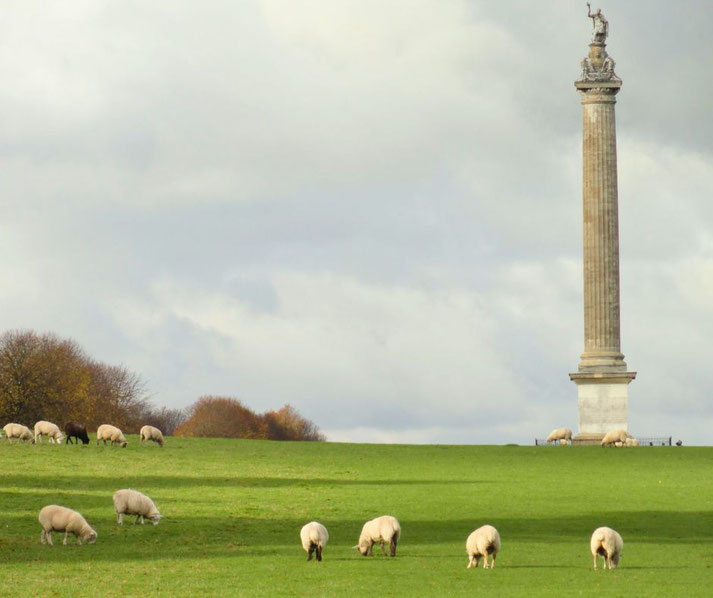How the agricultural revolution transformed Britain

One of the most important developments that made the Industrial Revolution possible was a series of improvements in agriculture.
While this doesn't sound very exciting, these changes resulted in a massive increase in the amount of food people could consume, which in turn, created an increase in Britain's population.
More people ultimately increased the number of people available to work in new factories.
Background
In order to understand why the new ideas were so revolutionary, we need to understand what agriculture was like before the Industrial Revolution.
During the Middle Ages, and much of Britain's history, there was an informal approach to farming.
Most villages and towns used something called the 'open field' system. Under this system, there were no fences or boundaries around fields of crops.
Instead, the members of a community all used the same spaces to grow enough food to feed themselves.
The largest landowner in the town would usually supervise the rotation of two distinct types of crops, rye and barley, across three different fields: one field would remain empty.

Each family in the town would grow their crops in sections in each field. Also, there was a field of 'common land' that everyone was allowed to use for their animals and to gather firewood every year.
By the dawn of the Industrial Revolution, the disadvantages of this system became apparent.
The main concern was that it was inefficient because it left a third of the land unused each year.
Also, the rotation of rye and barley did not provide opportunities to experiment with new crops.
These limitations led people to introduce new ideas.
The enclosure movement
One of the first changes introduced was the idea of 'enclosing' land. This involved 'closing off' land from access to other people.
Individual landowners built fences around land that they claimed for themselves and used it to grow crops for themselves.
Those who did this gradually became wealthier than the others in town who had lost their land to enclosure.
This also created a situation where the wealthy farmers needed people to work on their enclosed farms, and other members of the town needed to find money now that they had lost their fields.
As such, the landowners then hired the poor people to work on their farms.

New farming techniques
As the landowners increased their wealth and control over land in the community, it allowed them to spend money on innovative technology and trial new crop types.
While they did this to make more money, better farming practises produced more crops, which would be beneficial for Britain as a whole.
A new tool was developed by Jethro Tull in 1700. It improved the way that seeds were planted into fields.
Under the old system, people literally grabbed handfuls of seeds and threw them on the ground, which never produced large crop sizes.
Tull's idea was to attach a small device to a horse that would walk in straight lines across the paddock.
The invention could plant three rows of seeds at a time, using a drill that planted them under the soil.
This dramatically increased the size and quality of the crop, producing up to five times what was possible previously.
Then, in 1730, Joseph Foljambe created a new kind of plough, called the Rotherham Plough.
It had an iron blade and was lighter than older versions, which were often made of wood.
Also, rather than being pulled along by four oxen, which was common under the old system, the new Rotherham plough only required two horses at a time.
This invention was far more efficient and increased profits for landowners.
New farming ideas
Along with new technology, there were also radical new ways of planting crops.
Farmers tried a new four-crop rotation system, an idea tested by Lord Charles Townshend.
This system divided land into four separate fields, each with a different crop: wheat, turnips, barley, and clover.
Every year, these four crops would be rotated, so that over a four-year period, each field had each crop once.
This specific combination of crops alternated between kinds of plants that took nutrients from the soil, with those that replaced them.
The new approach was a huge success, with farmers producing more and better crops than ever before.
Lord Townshend was nicknamed 'Turnip' Townshend as a result.
Revolutionary ideas also developed around the breeding of farm animals. Robert Bakewell implemented 'selective breeding' of sheep and cattle by only allowing his largest and strongest animals to mate.
The offspring tended to be strong and large as well, which made Bakewell more money.
Bakewell continued to experiment with the best combination of breeds, and he created a brand-new breed of sheep, called the New Leicester breed in 1755, which generated huge profits for many farmers.
As a result of all of these changes, by the end of the 18th century, the agricultural revolution was producing vast profits for many business owners in Britain.
Food production was at historically high levels, and this led to an increase in the population size.
This encouraged the next stages of the Industrial Revolution.

Further reading
What do you need help with?
Download ready-to-use digital learning resources
Copyright © History Skills 2014-2025.
Contact via email
With the exception of links to external sites, some historical sources and extracts from specific publications, all content on this website is copyrighted by History Skills. This content may not be copied, republished or redistributed without written permission from the website creator. Please use the Contact page to obtain relevant permission.





